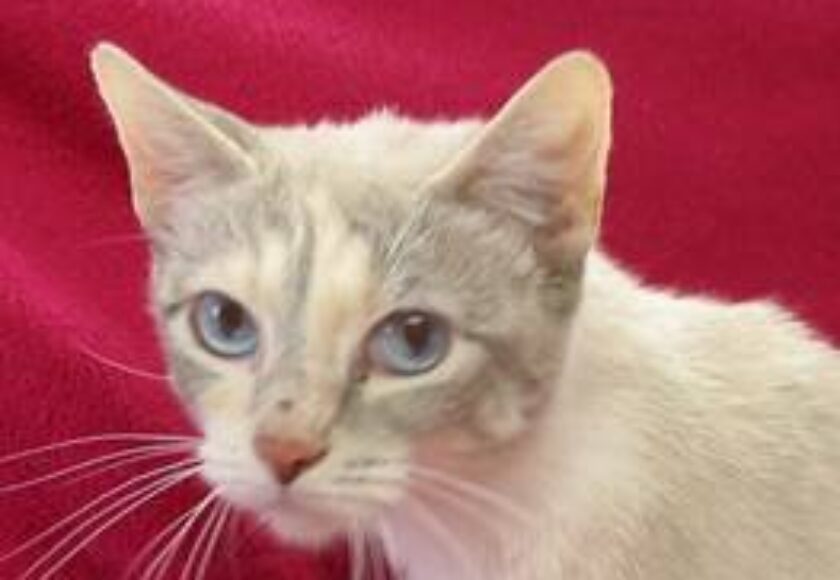What is Reverse Sneezing?
Reverse sneezing is a disconcerting event in which a dog makes unpleasant respiratory sounds that sound like it is dying — or will die in the next few minutes. This is called reverse sneezing because it sounds a bit like a dog inhaling sneezes. The sound the dog makes can be scary, and reverse sneezing sounds similar to the honking noise made by a dog with a collapsing trachea. However, the good news is that reverse sneezing is a far simpler condition that usually does not need any treatment.
Because it can be difficult for an owner to recognize a reverse sneezing episode when it first happens, it is a good idea to check with the veterinarian to determine if it’s reverse sneezing or something more serious.
Causes of Reverse Sneezing
The most common cause of reverse sneezing is an irritation of the soft palate and throat that results in a spasm. During the spasm, the dog’s neck will extend and the chest will expand as the dog tries harder to inhale. The problem is that the trachea has narrowed, and it’s hard to get the normal amount of air into the lungs.
Anything that irritates the throat can cause this spasm and subsequent sneeze. Causes include excitement, eating or drinking, exercise intolerance, pulling on a leash, collar/tags pressing on and irritating the throat, mites, pollen, foreign bodies caught in the throat, perfumes, viruses, household chemicals, allergies, and post-nasal drip.
If an irritant in the house is the cause, taking the dog outside can help simply because the dog will no longer be inhaling the irritant. Brachycephalic dogs (those with flat faces, such as Pugs and Boxers) with elongated soft palates occasionally suck the elongated palate into the throat while inhaling, causing reverse sneezing. Small dogs are particularly prone to it, possibly because they have smaller throats.
Monitoring and Treatment
Reverse sneezing itself rarely requires treatment. If the sneezing stops, the spasm is over. Some veterinarians may recommend massaging the dog’s throat to stop the spasm; some may suggest covering the nostrils for a few seconds to make the dog swallow, which clears out whatever the irritation is and stops the sneezing.
Treatment of the underlying cause, if known, is useful. If mites are in the laryngeal area, your veterinarian may use drugs such as ivermectin to get rid of the mites. If allergies are the root of the problem, your veterinarian may prescribe antihistamines. If reverse sneezing becomes a chronic problem rather than an occasional occurrence, your veterinarian may need to look up the nasal passages (rhinoscopy), and may even need to take a biopsy to determine the cause of the problem. Sometimes, however, no cause can be identified.
Some dogs have these episodes their entire lives; some dogs develop the condition only as they age. In most dogs, however, the spasm is a temporary problem that goes away on its own, leaving the dog with no after-effects.
Cats are less likely to reverse sneeze than dogs are. However, owners should always have the veterinarian examine the cat in case it’s feline asthma and not a reverse sneeze. Feline asthma requires more treatment than reverse sneezing does.

